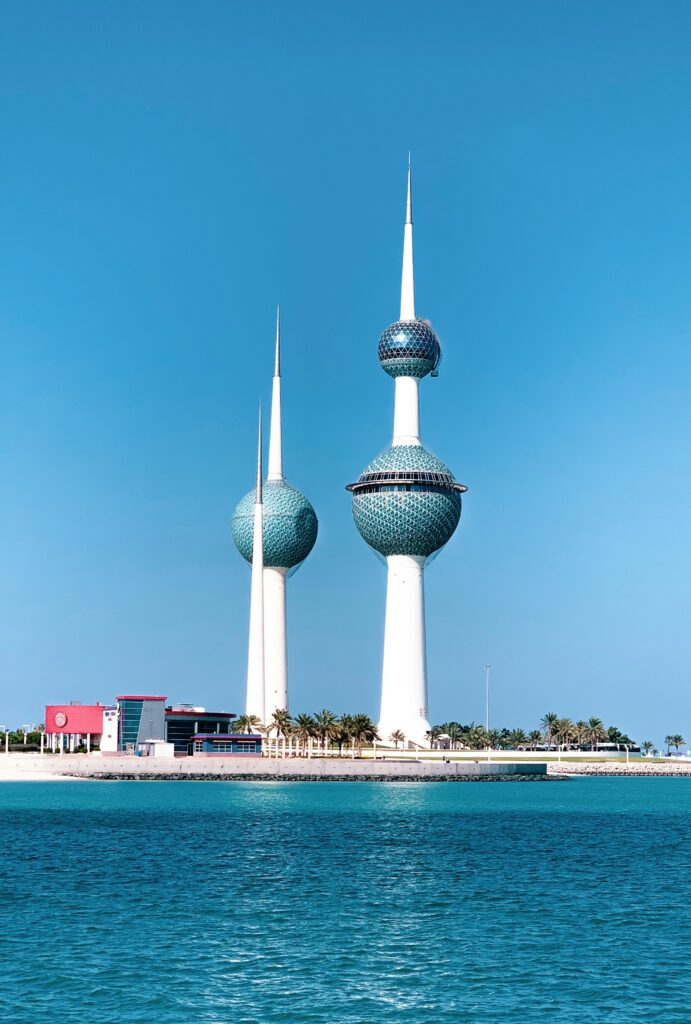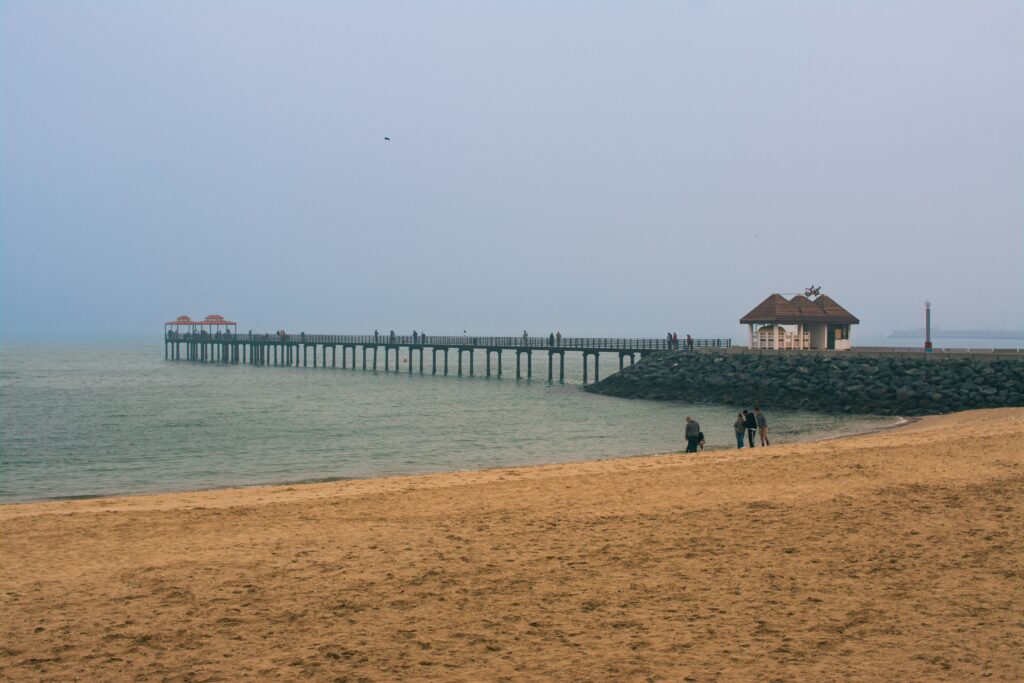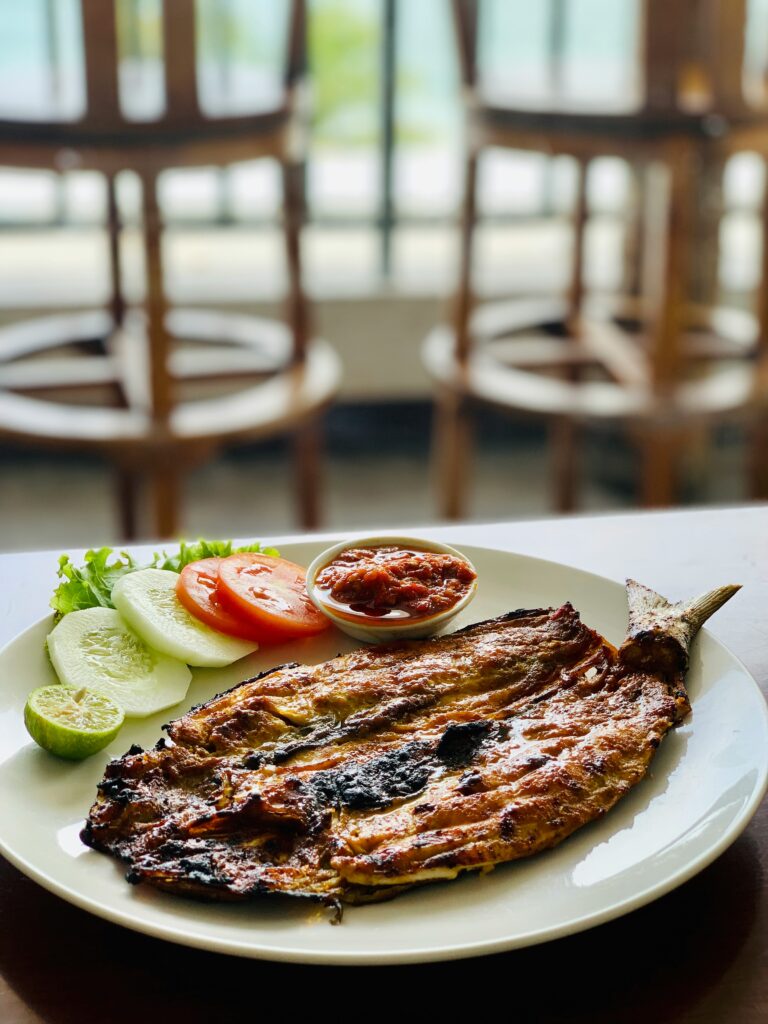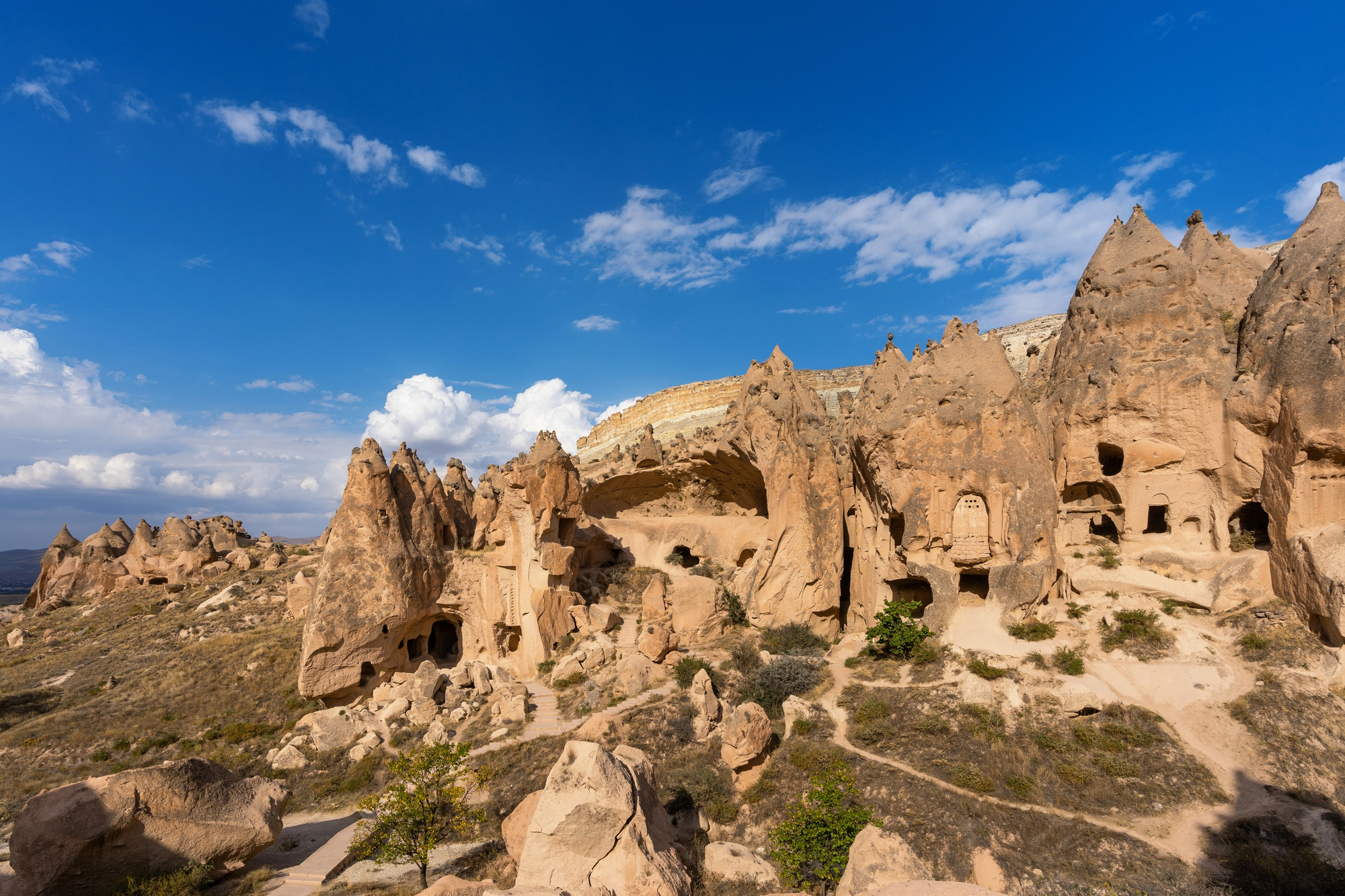History
Early Settlements: Kuwait’s history traces back to ancient times, with evidence of settlements
along its coastline dating to the Bronze Age. The area served as a trading hub for Mesopotamian
civilizations due to its strategic location along ancient trade routes.

Pearl Diving Era: Like other Gulf states, Kuwait prospered during the pearl diving era, which
peaked in the late 19th and early 20th centuries. Pearling was a major economic activity, sustaining
Kuwait’s economy until the development of cultured pearls and the discovery of oil.
British Influence and Independence: Kuwait became a British protectorate in the early 20th
century, providing protection against Ottoman and regional threats. After gaining independence in
1961, Kuwait developed rapidly due to its oil wealth.
Tourism Places
Kuwait offers a blend of modern attractions and historical sites
- Kuwait Towers

Iconic landmarks of Kuwait City, the Kuwait Towers offer panoramic views of
the city and the Arabian Gulf. They house observation decks, restaurants, and a water reservoir.
- Sadu House

Learn about Kuwait’s Bedouin heritage and traditional weaving techniques at Sadu
House, which showcases intricate handicrafts and hosts workshops.
- The Avenues Mall

One of the largest shopping malls in the Middle East, The Avenues Mall
features luxury brands, entertainment complexes, and dining options.
- Failaka Island

Explore Failaka Island’s ancient ruins, including remnants of Greek and
Mesopotamian civilizations. The island also offers beaches and opportunities for outdoor
activities.
- Grand Mosque

Visit Kuwait’s largest mosque, the Grand Mosque, renowned for its stunning
Islamic architecture, large prayer hall, and beautiful interiors.
Culture and Cuisine
- Hospitality: Kuwaitis are known for their warm hospitality, welcoming guests with Arabic coffee (qahwa) and dates. Social gatherings often involve sharing meals and conversation.
- Dress Code: Traditional clothing for men includes the dishdasha (long robe) and gutra (headscarf), while women wear the abaya (long cloak) and hijab (headscarf).
- Cuisine: Kuwaiti cuisine features a blend of flavors, with rice, seafood, and spices playing prominent roles. Popular dishes include:
- Machboos: A flavorful dish of spiced rice cooked with meat (often chicken or lamb) and vegetables.
- Harees: A hearty porridge made from wheat and meat, slow-cooked to a creamy consistency.
- Grilled Fish: Fresh seafood, including hammour (grouper) and safi (rabbitfish), grilled and served with traditional spices.
- Gahwa: Strong, aromatic coffee served in small cups, often accompanied by sweet dates.






